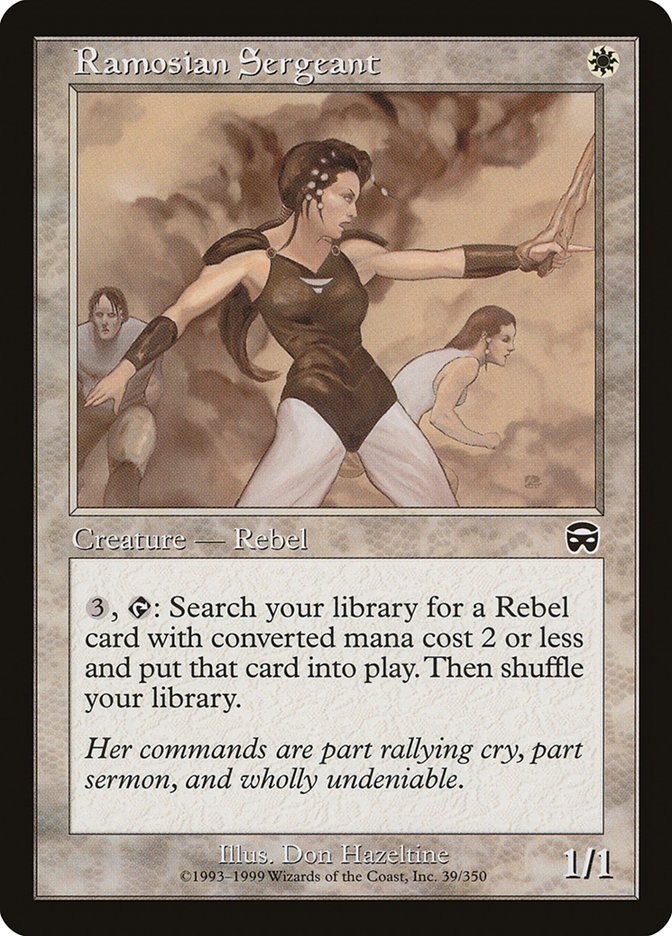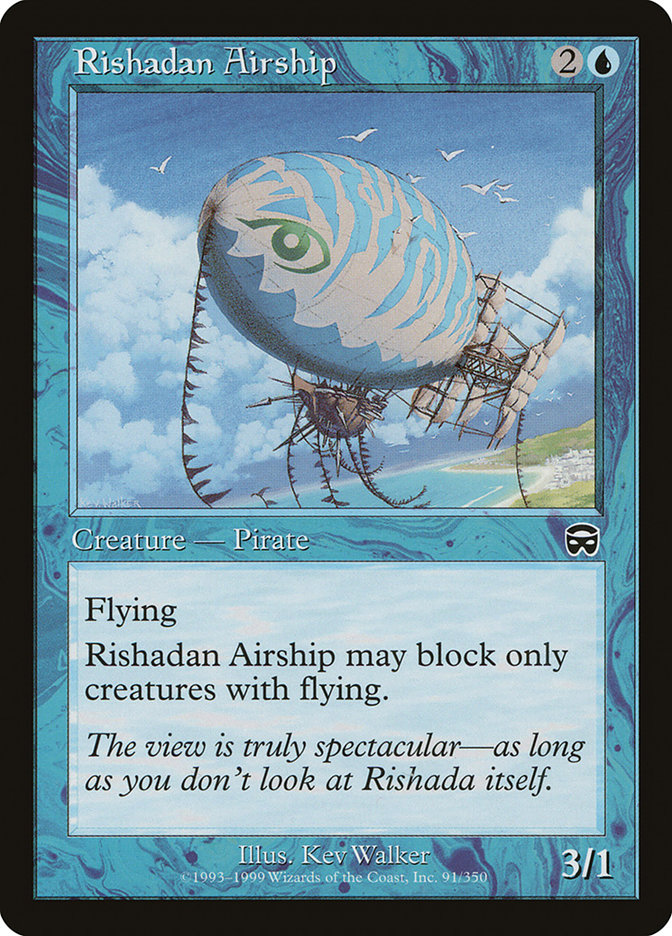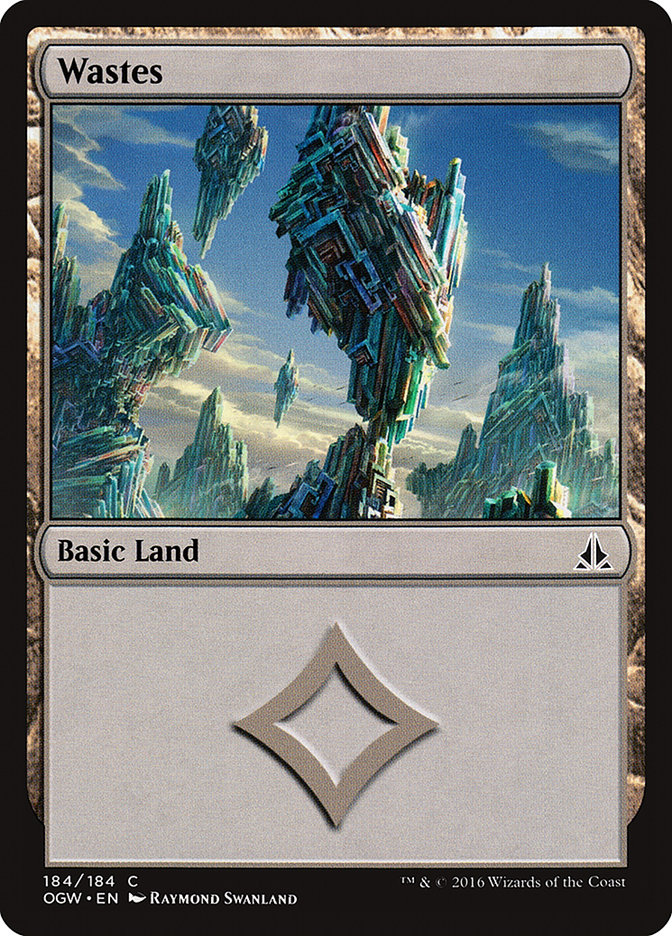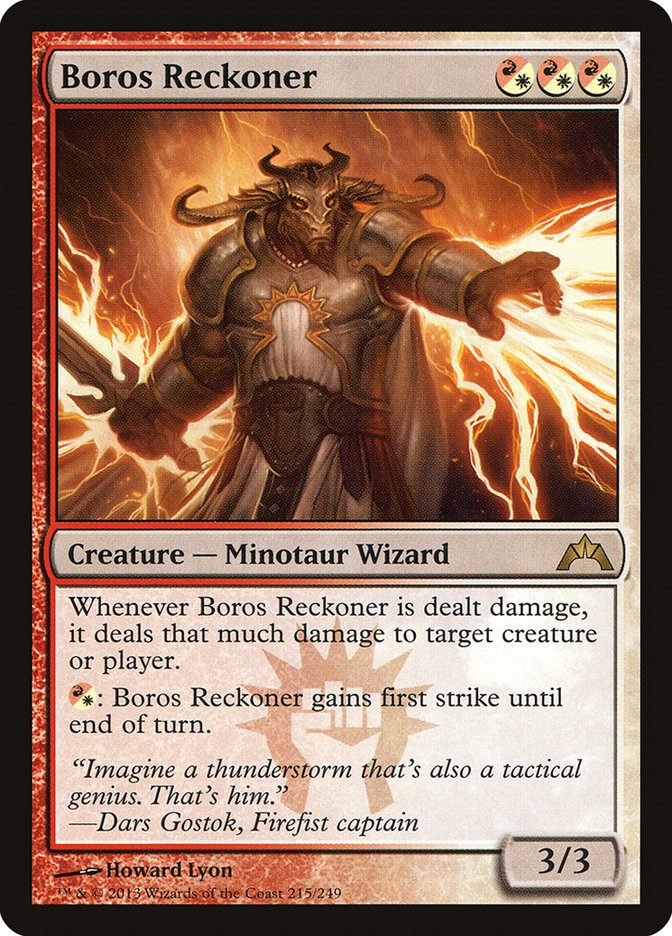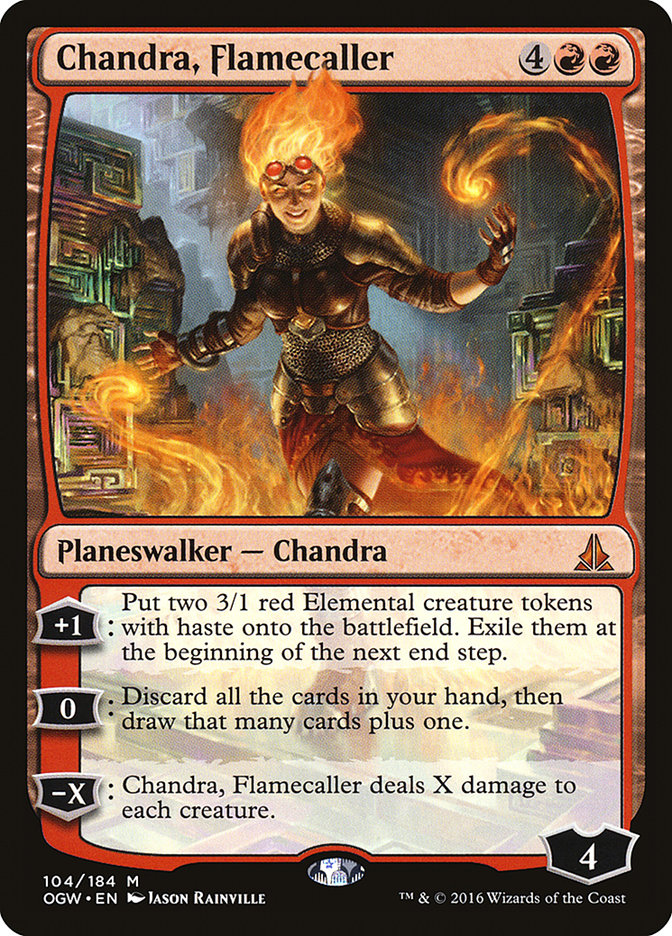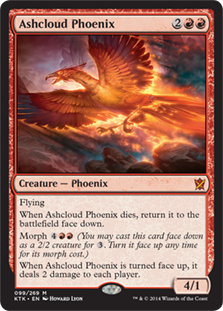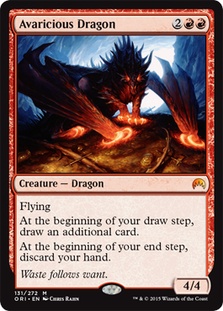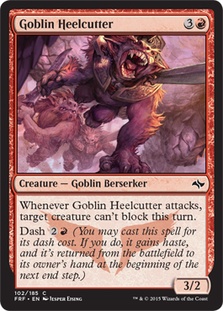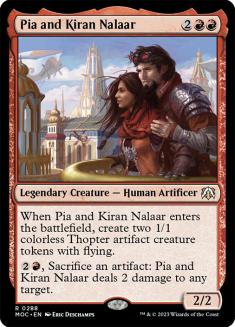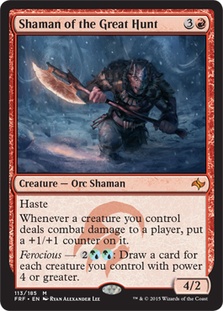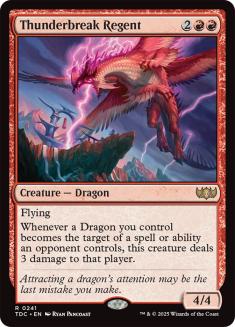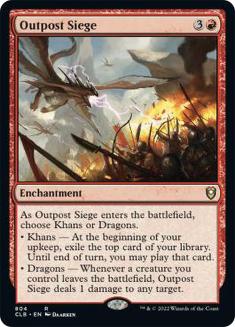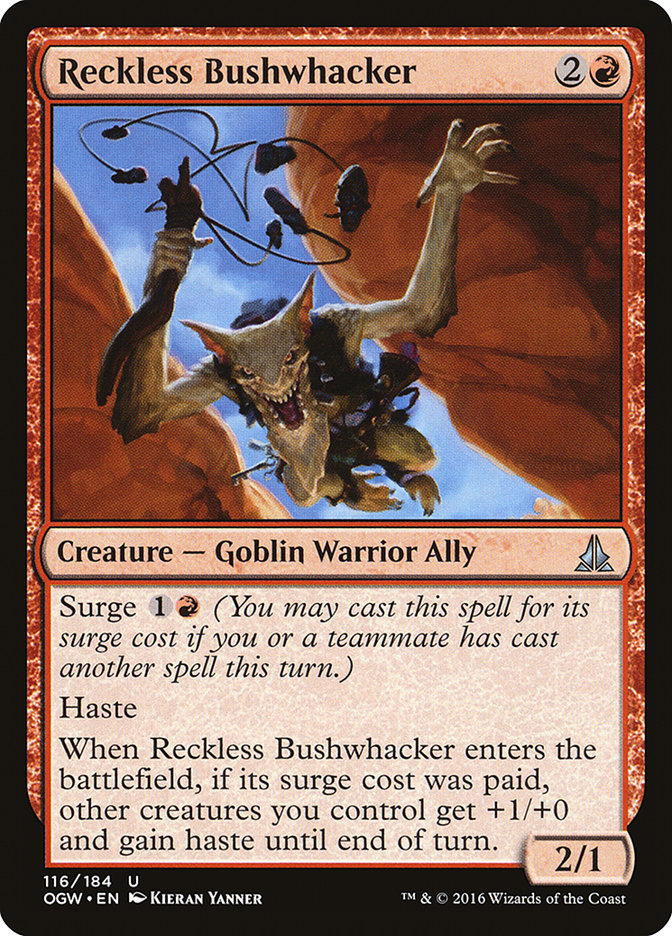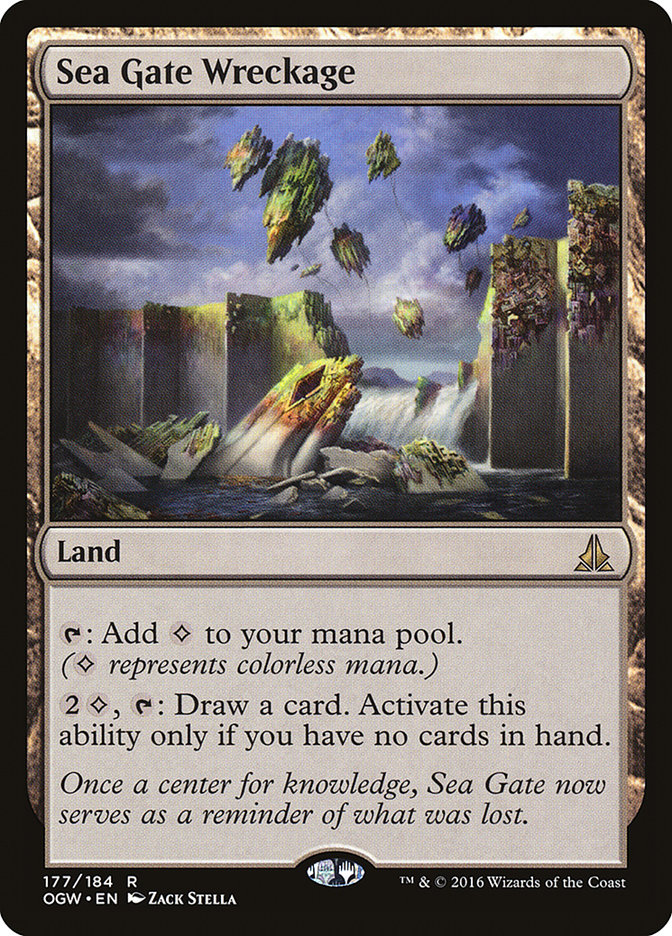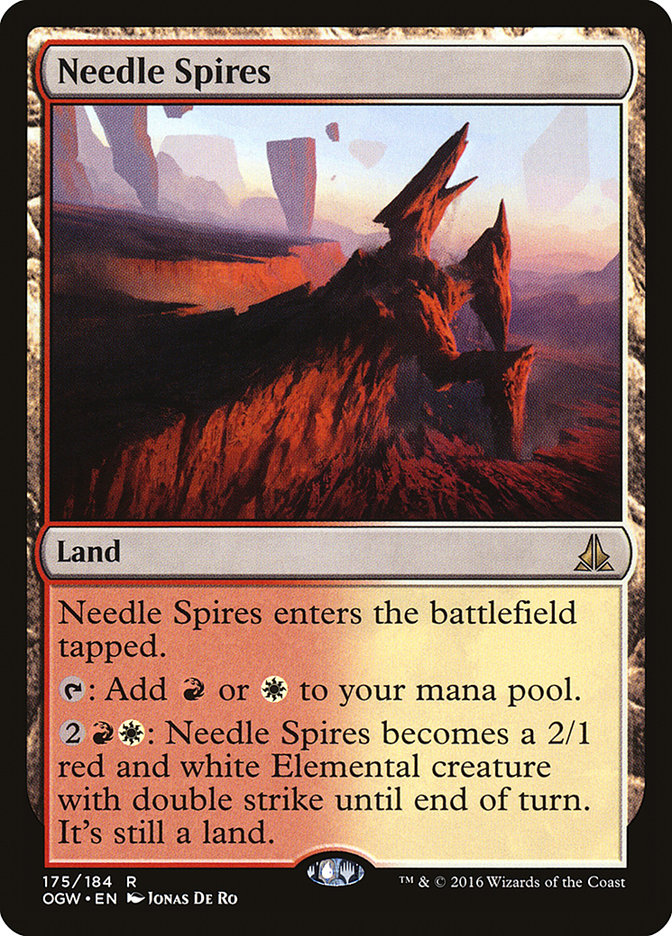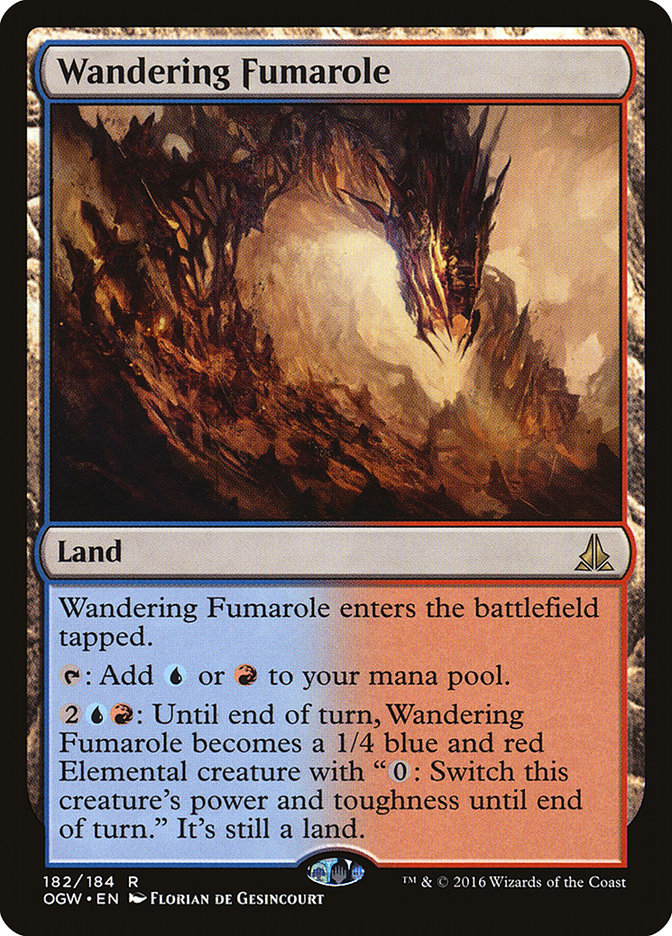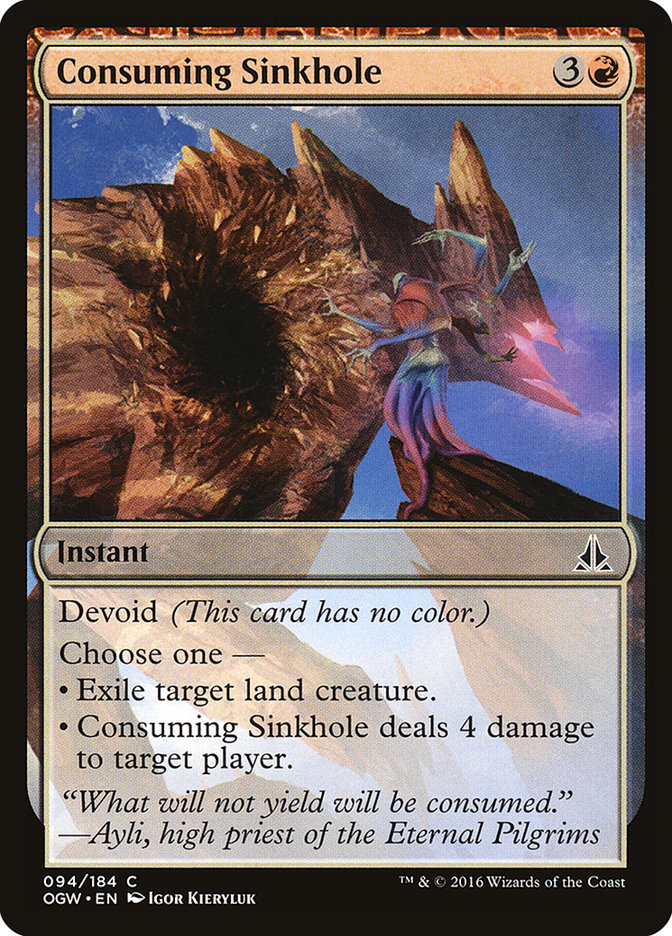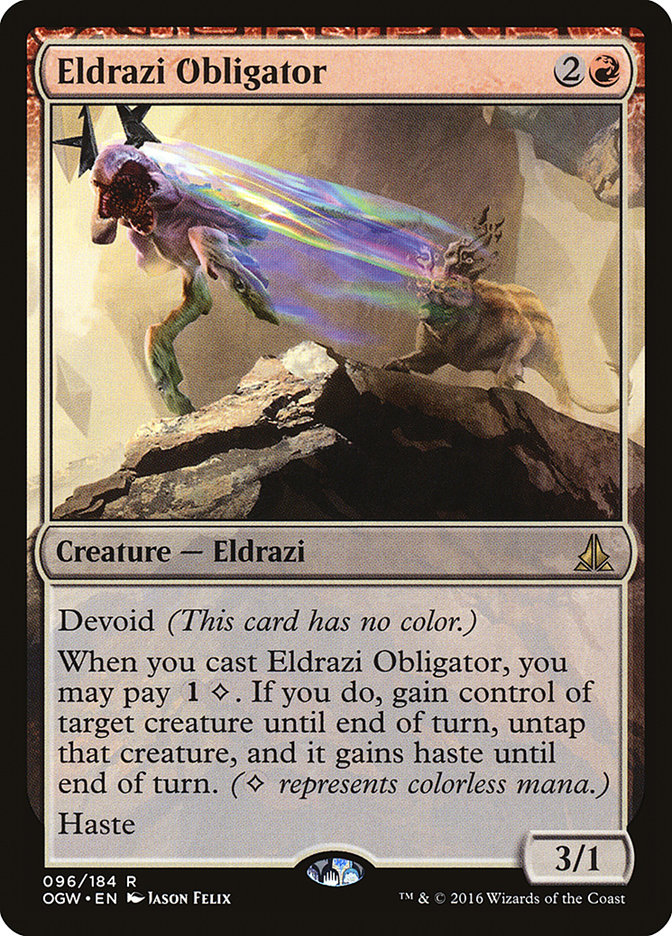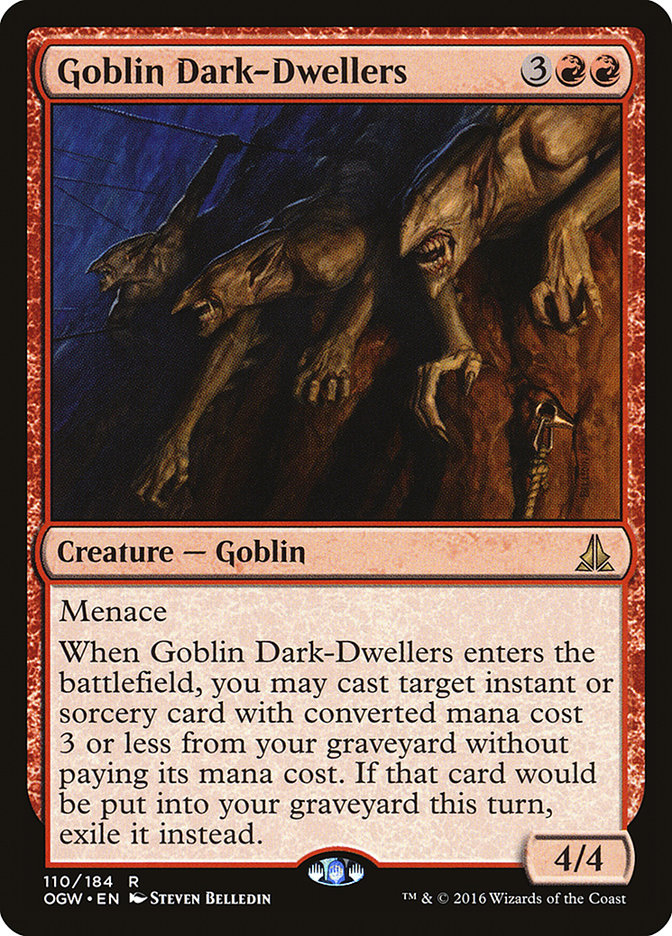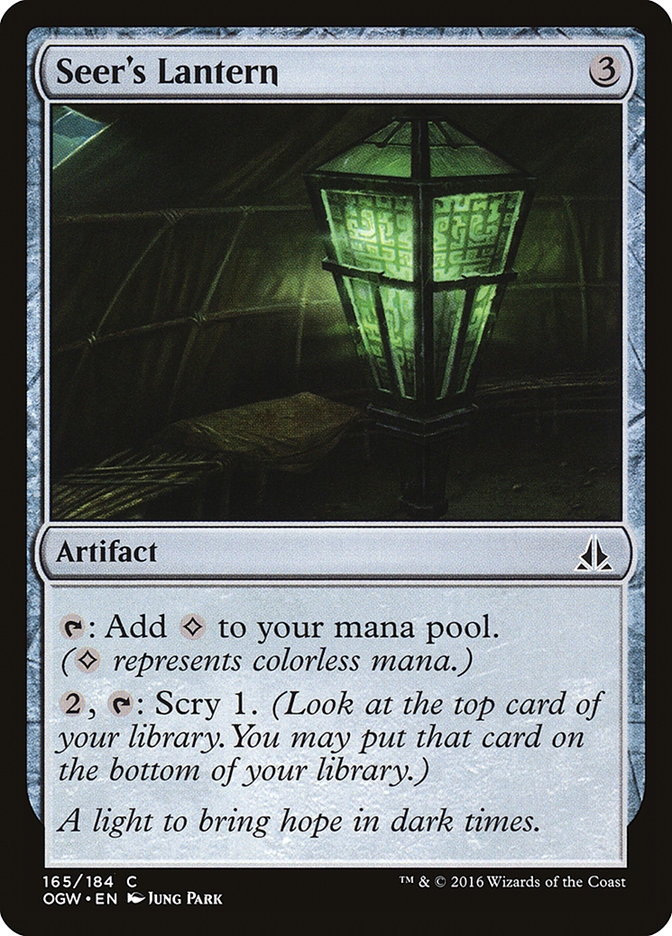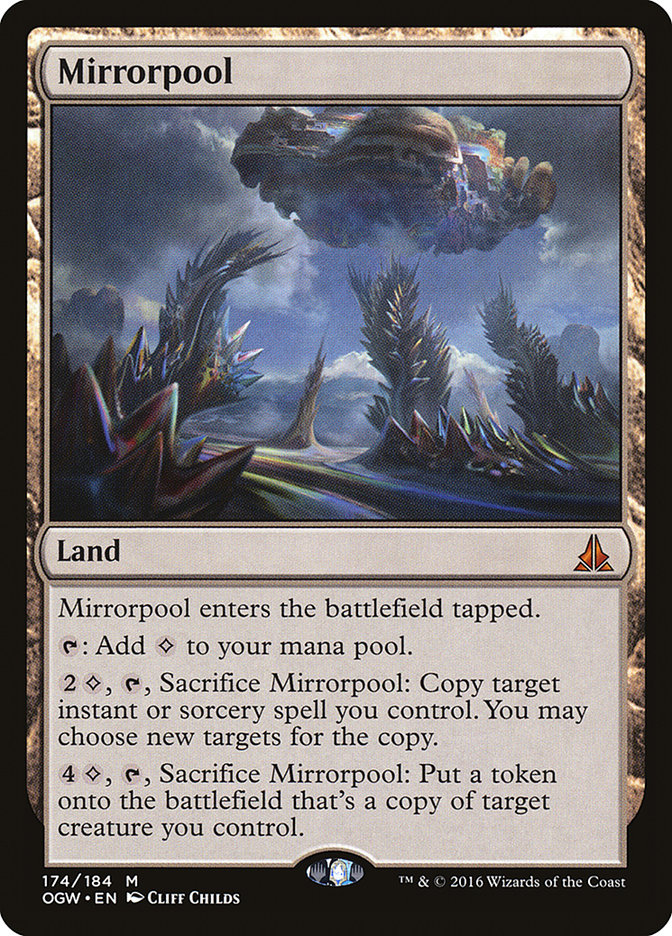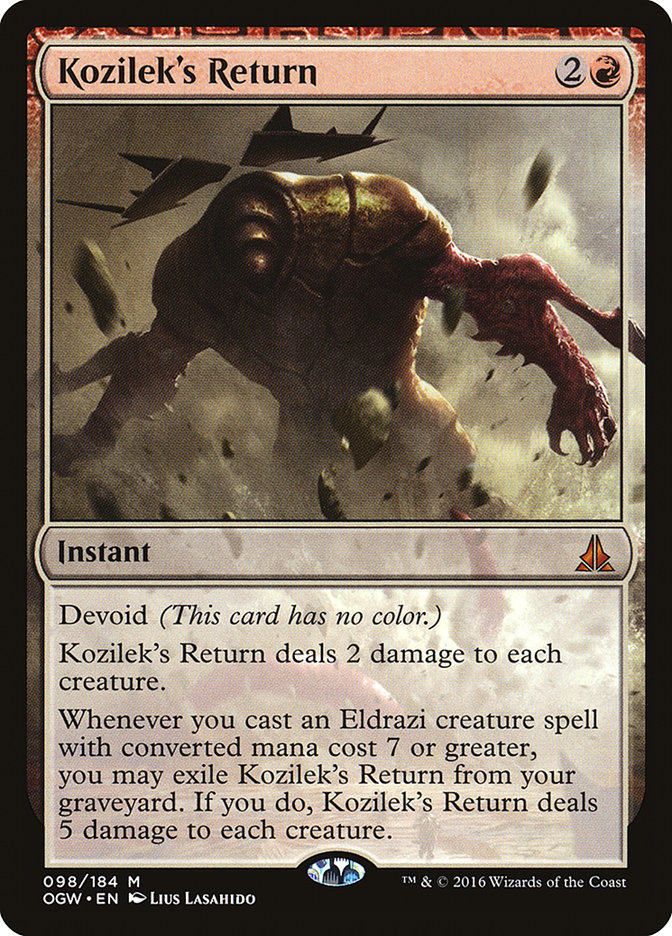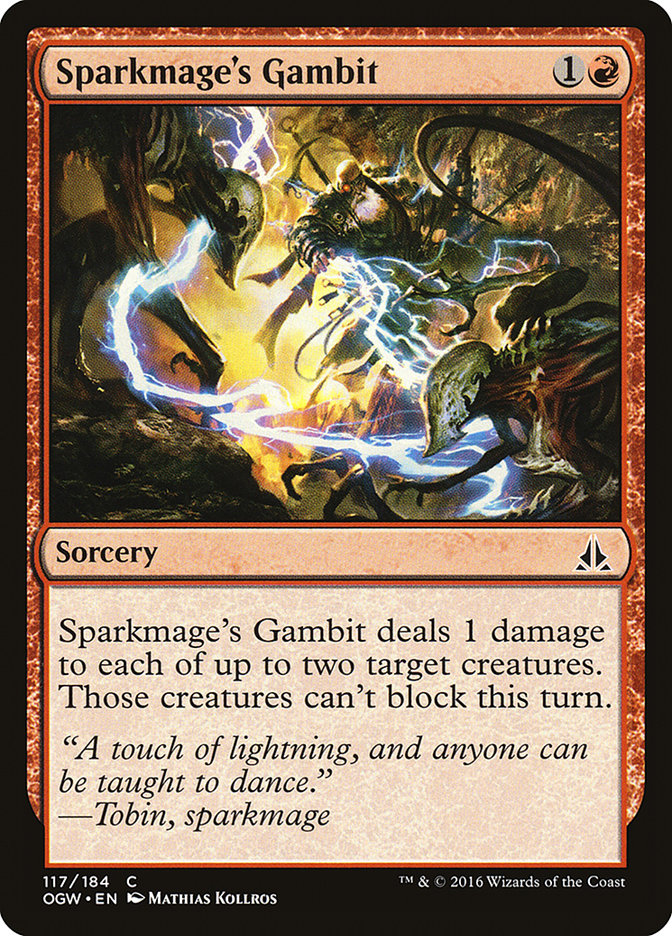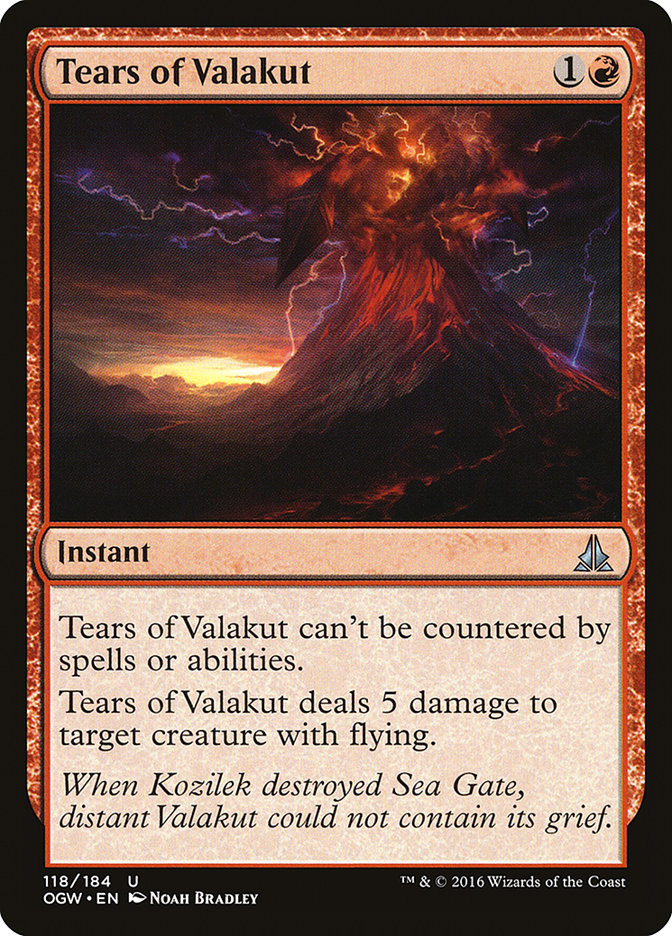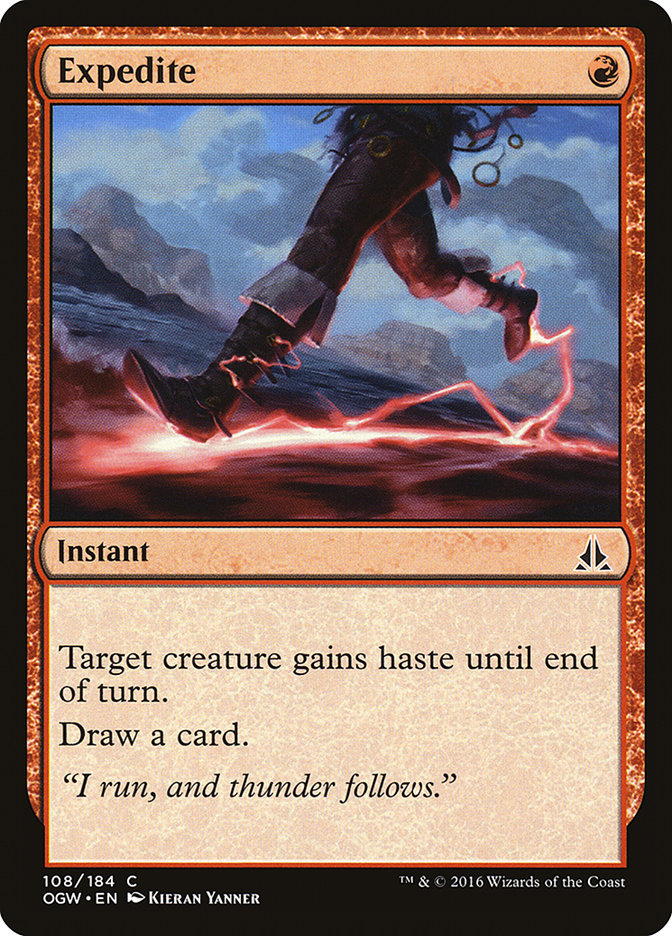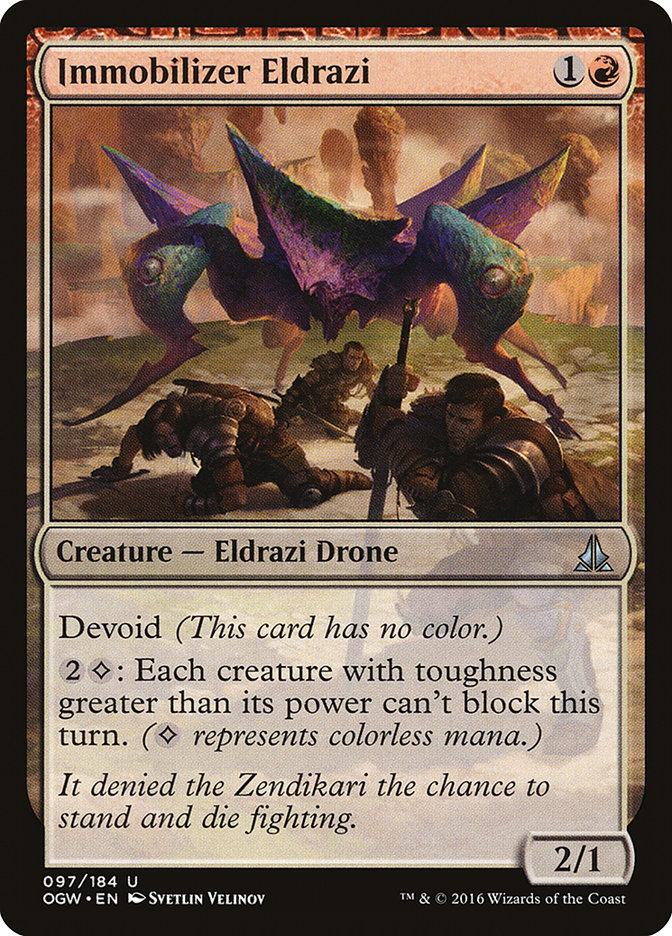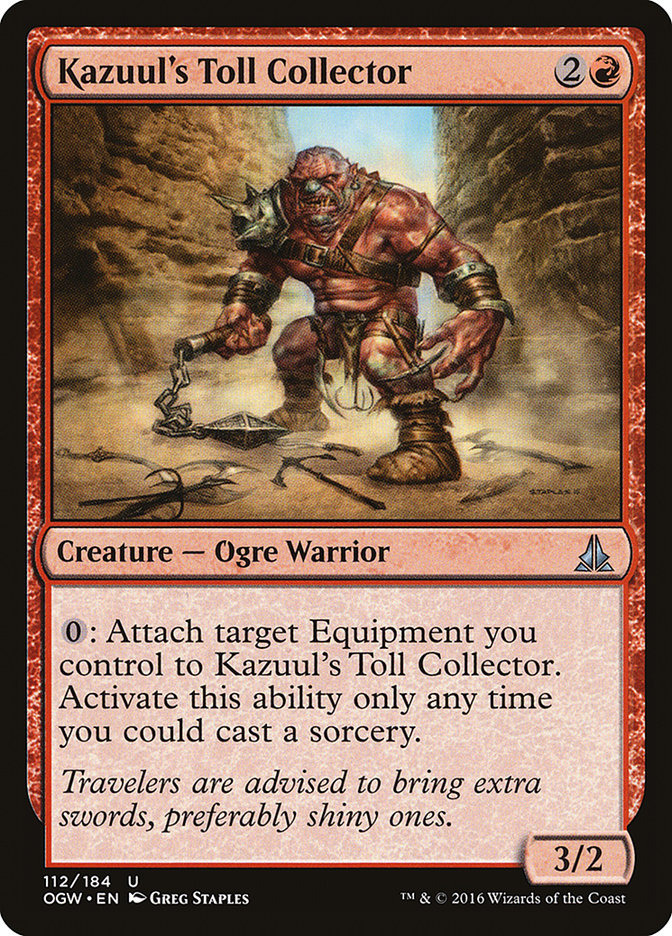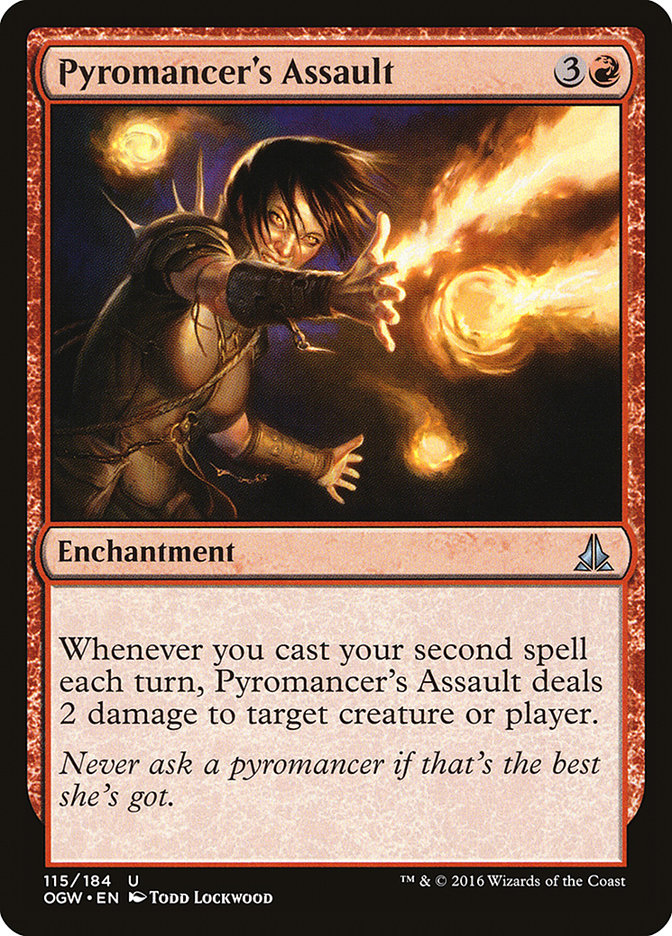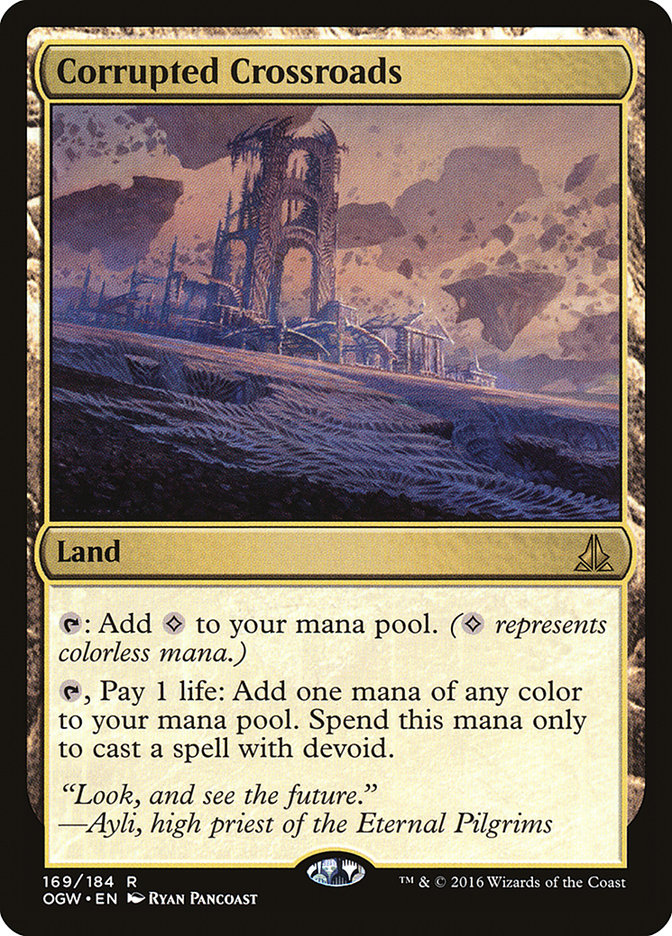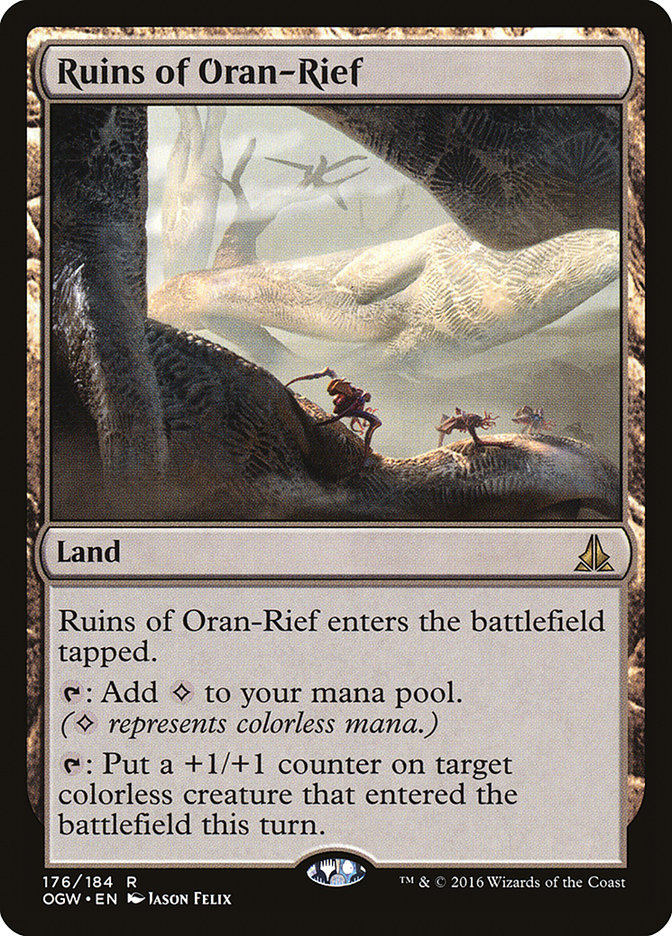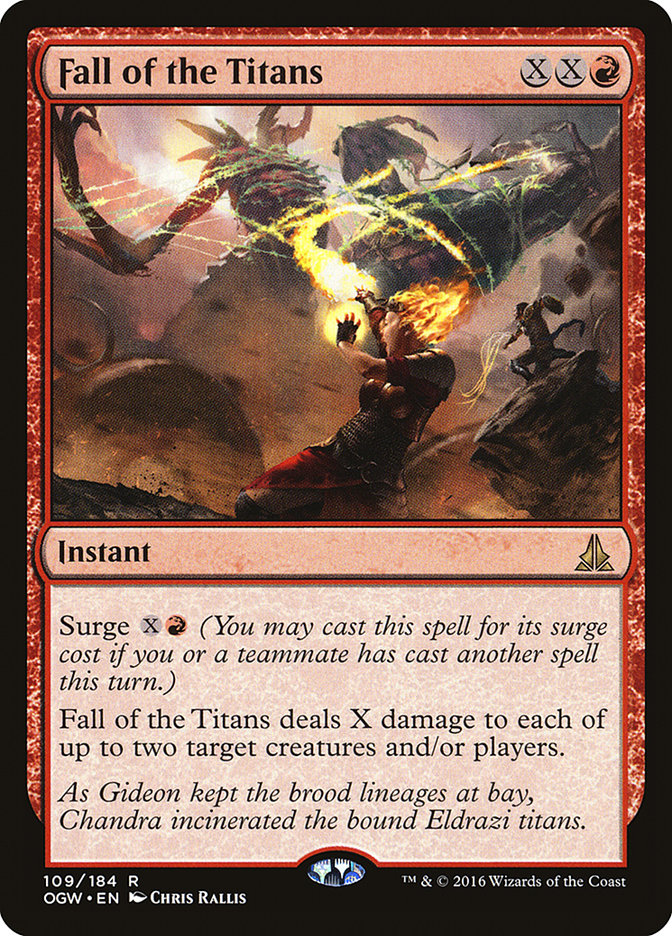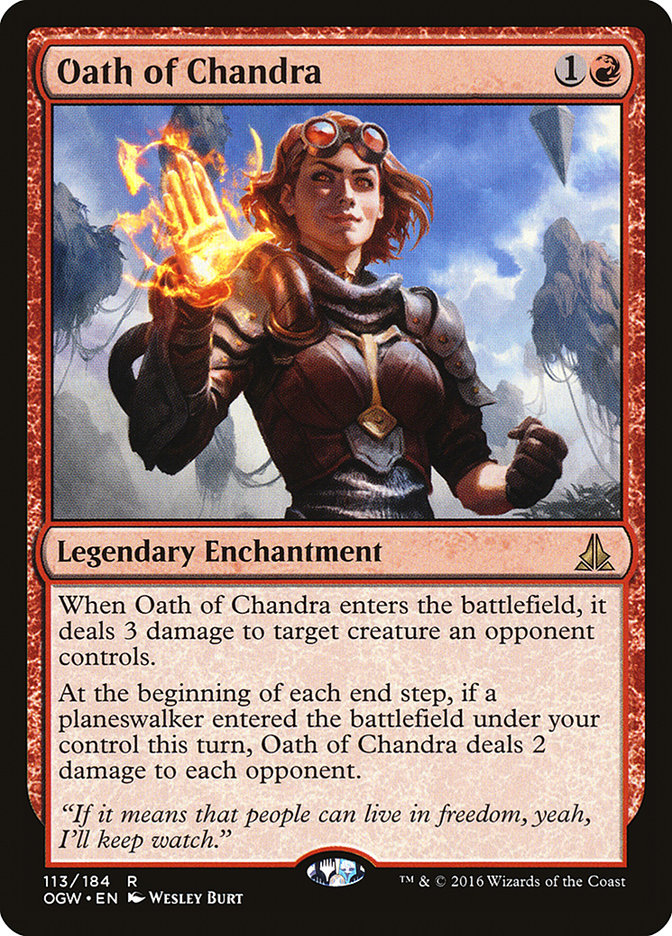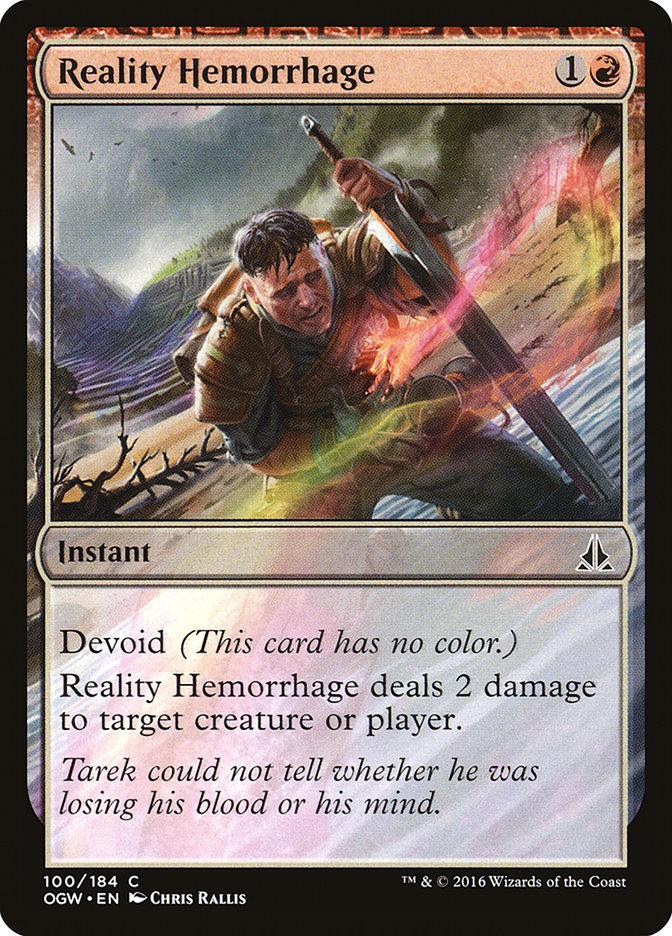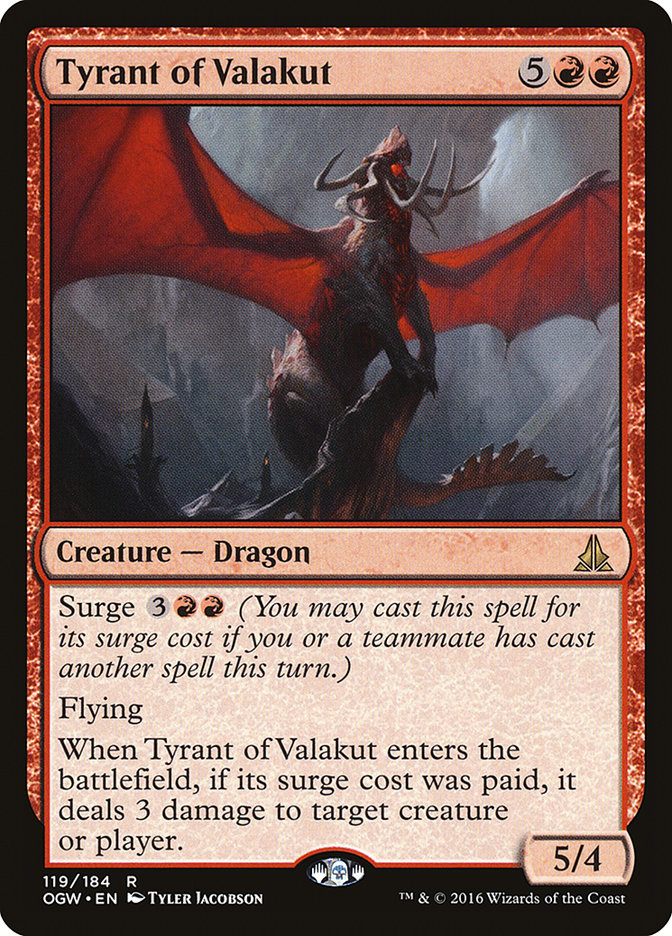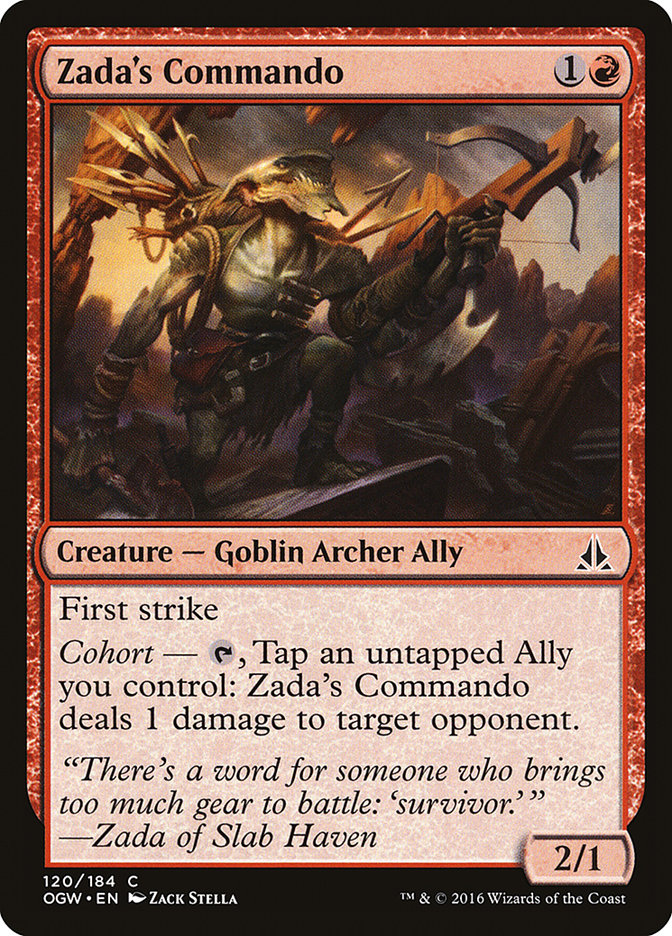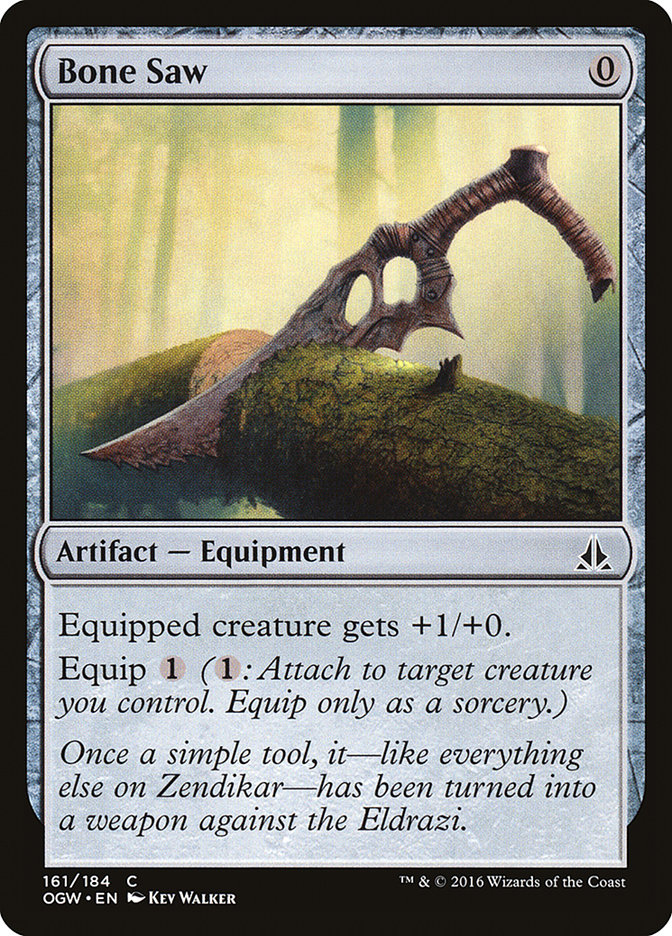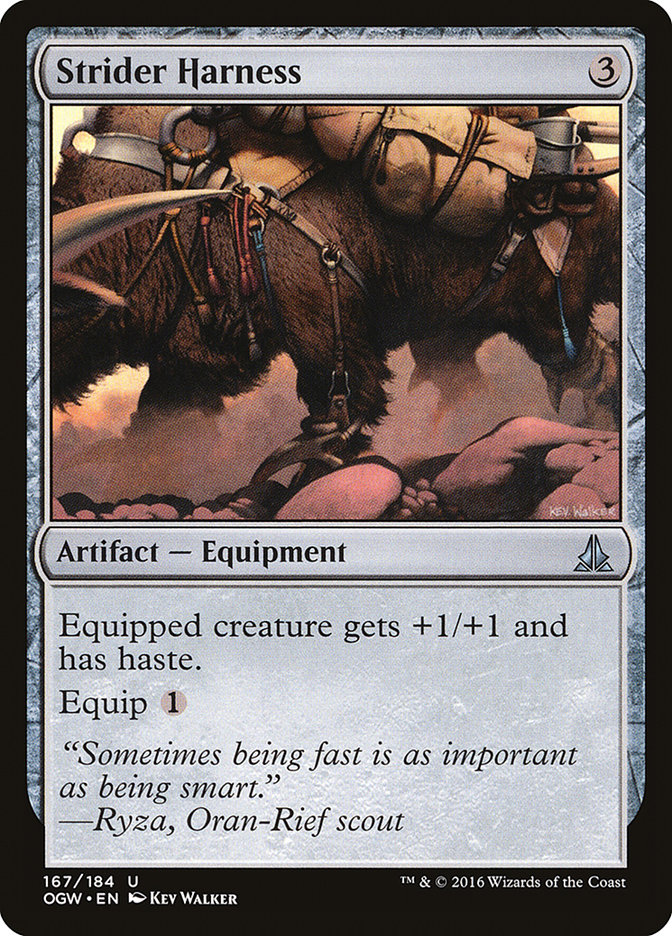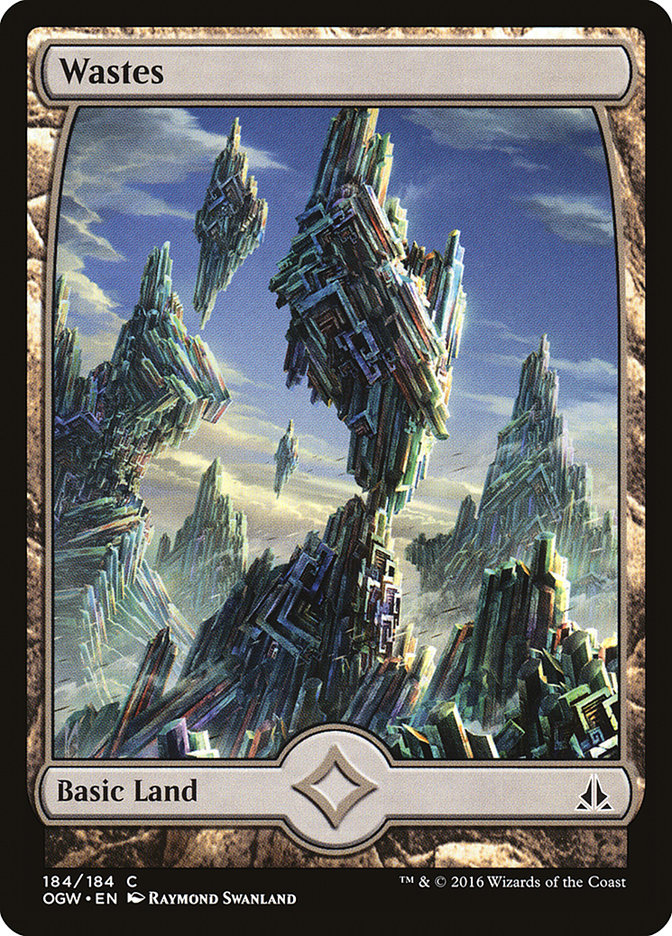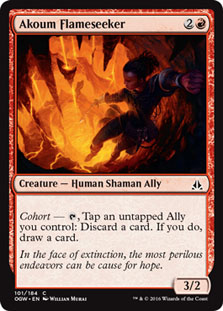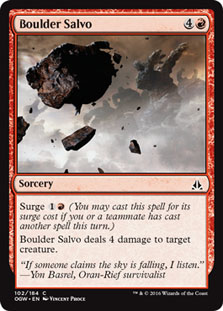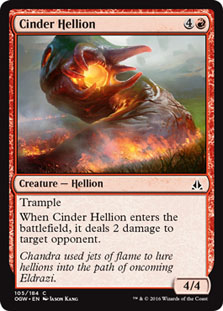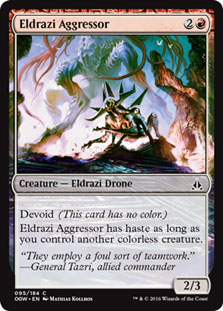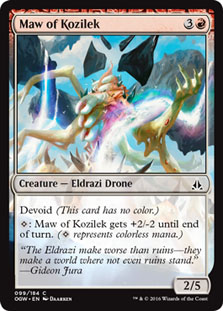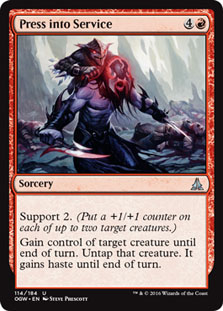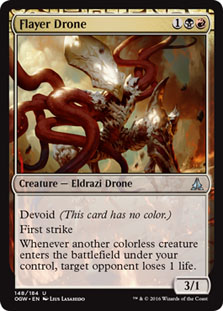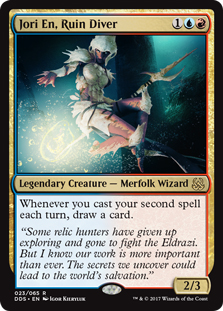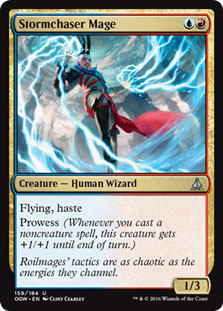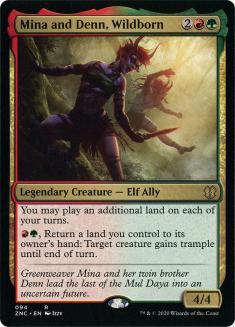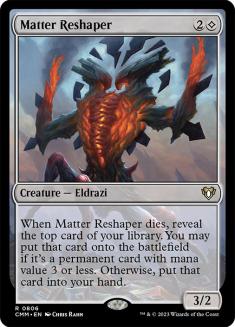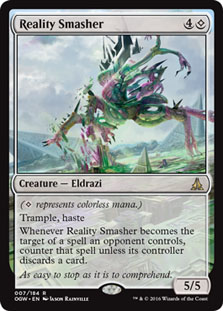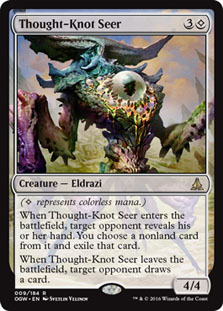It’s getting to that point where I’m beginning to imagine myself slinging red again.
This was the last red deck that I played to any success, getting a Top 8 in an SCG Open and winning a TCGPlayer event in Columbus.
Creatures (23)
- 4 Chandra's Phoenix
- 4 Ash Zealot
- 4 Rakdos Cackler
- 3 Boros Reckoner
- 4 Stormbreath Dragon
- 4 Firedrinker Satyr
Planeswalkers (2)
Lands (12)
Spells (23)

I would (perhaps unsympathetically) call this style of deck “schizophrenic”, referring to the way that the deck would have its early drops and an intense commitment to a late game as well. This “top-and-bottom” strategy isn’t a common one, but there are times I’ve gravitated to it, perhaps informed by derivations of numerous ancient red decks, from Ponza to the more aggressive Sped Red.
My favorite red decks have tended to be a bit off of the beaten path. Take this deck, which I used to win a PTQ during the first weekend of qualifiers during Masques Block Constructed:
Spells (27)
- 3 Cave-In
- 4 Seal of Fire
- 4 Chimeric Idol
- 4 Thunderclap
- 3 Tectonic Break
- 4 Kyren Toy
- 2 Flowstone Slide
- 3 Task Mage Assembly
Sideboard

This deck is just full on weird. And I was playing this deck when cards like this were among the most popular:
So, why bring up these two decks in the context of Oath of the Gatewatch?
Well, it has everything to do with this:
Typically, when I do a Red Review like I have in the past, what I’m interested in doing, for the most part, is not discussing all of the cards that are red in every potential context, but rather discussing red cards in the context of a primarily “red” strategy. Sometimes that means that there are other colors involved, but even when they are, it is in the context of decks like this:
Creatures (14)
Lands (19)
Spells (27)

Sure, there are fifteen ways in this deck to find spells that also include other colors, but the goal of my red review isn’t to find every card that could be useful in a deck that happens to use red mana, but to only find the cards that are good in decks like this, or other decks that when you look at them, they are distinctly red in their character, whether they are Burn, or creature-based aggro decks like Atarka Red, or slower decks like Big Red variants of all kinds.
So, with the release of an entirely new take on mana, we’re put into a position where we have another kind of multicolor red: the red/colorless combo.
Undeniably, a student of red’s history will have to suddenly think back to the history of Ponza, one of the classic Big Red archetypes. One of my favorite ways to describe Ponza was coined by inimitable deck designer Brian Kowal. I paraphrased it in an article like this, talking about his original list, the first of its kind:
[…]
Still though it had some lessons for us with regards to “the crust.”
One of the keys to any high-mana Red deck is to have mana that can somehow translate into doing something else. Take Brian’s first Ponza: it is only running Stalking Stones and Wasteland but both of those can be incredibly useful.
One of the things that you learn to push when you’re building a Ponza deck is how much colorless that you can fit into a deck and still consistently hit your red. Take my TCGPlayer deck, from above, and you’ll see that it has this ‘nombo’ in it:
In all honesty, this deck was truly pushing the borderline of not enough red because of that fourth Mutavault. In the end, I went with it despite not quite having enough for perfect mana because I wanted four Mutavault more than I wanted perfect mana; truthfully I had mana that was “good enough”, and I went with that instead of better mana.
The point of all of this is to think about how we could fit in colorless mana with relative ease and still cast our spells. But, really, the new colorless symbol is like the actual extra color in that deck in the form of Boros Charm. Where the colorless mana of Ponza-style decks were an exercise in building up the “crust” of your deck and really pushing the deck’s colored sources so that you could even have lands that added to your opponent’s problems, once we start going into R/C, it is just like the R/W of my Boros deck from above or the R/G of Atarka Red: you have to actually support it properly for it to be worth it.
You might wonder why I have this uncharacteristic amount of preamble before getting to the review itself. This is all, in large part, to help you understand that I’m examining these “C”-requiring cards in the same way I’d be thinking about any other card with a “true color” as it applies to a red-based deck: there is a cost to these colorless splashes, and I’m trying to respect that that is going to be something that has to be kept in mind while we’re figuring out which cards belong in a potential “Red Deck”.
All that said, now let’s get to it!
The Cards to Watch
Usually, I only find one card that fits into this category; these are the cards that could utterly change the world, or they could just not quite make that change.
Chandra, Flamecaller is certainly one of those. While it isn’t a Wildifre, the fact remains that this card can do something incredibly powerful: it can come into play and just be Mizzium Mortars with Overload. And while this is still a world where Siege Rhino, Tasigur, the Golden Fang, and Dragonlord Silumgar live, the fact remains that four damage is absolutely enough for most creatures to fold.
Six mana is a lot of mana, and we usually don’t want to just drop our planeswalker down and immediately cash it in. Still, we aren’t required to cash it in. In fact, against a lot of decks, going -3 is going to be sufficient. In any of those cases where we don’t cash it in, we’re left with a planeswalker who can be devastating to leave alone. Like Jace, the Mind Sculptor, you can actually just play four of Chandra, Flamecaller, because extraneous Chandra copies can get taken out of your hand by the 0 ability. Your ability might only be netting you one card a turn on the 0, but, if you do things like hold onto the extra land, it can quite quickly become an overwhelming source of card advantage and card value.
The real question is if there is a controlling deck to be built that can support an expensive card such as this. That deck doesn’t really exist now, but that doesn’t mean that the deck couldn’t exist.
Meanwhile, Embodiment of Fury is a card that just screams out as a potentially abusive card. With cards like Bloodstained Mire and Wooded Foothills running around, it is easy to imagine this card not in the context of four-drop threats, but rather in the context of cards like Stormbreath Dragon or Thundermaw Hellkite: a card that can hop down on turn 5 and immediately provide a ton of frightening damage.
A turn 4 Embodiment of Fury can attack for ten trample split between three bodies on turn 5. A turn 5 Embodiment of Fury can attack for three, still have the fetchland ready to crack, and be party to an attack for thirteen trample on turn 6. A turn 6 Embodiment of Fury could immediately create six trampling power.
The real question for Embodiment of Fury is if there is (a) a deck for the card, and (b) that it can compete with the multitude of other absurdly good four-mana cost cards in Standard for red. There are a lot. Just to put it in context:
There are other great cards I didn’t mention, but they aren’t of this level. It could be that Embodiment of Fury is more in their neck of the woods. Or it could be that the card is just world-altering. Time will tell.
Watch these cards.
The Excellent
At its surge cost, Reckless Bushwhacker isn’t just castable, it is downright scary. I think we are soon going to have to look forward to a future of hasty (mostly) Goblins running around, making life miserable. When you think about the kind of frightening effect this could have in combination with Dragon Fodder or Hordeling Outburst, I think you’ll agree this feels potent.
I’m viewing this card as a kind of alternate to Outpost Siege for those decks that can support the colorless. It doesn’t take much to add these kinds of cards in and get value out of them. A Big Red-style deck can easily run artifact mana or any number of colorless-producing lands that are awesome. Any kind of red deck in Standard can choose to run Battlefield Forge or Shivan Reef. The real question is how far you can push your mana otherwise – I struggle to imagine Sea Gate Wreckage making the cut in a deck that goes further in its colors than “R/C”.
If there is a multicolor red deck that isn’t Atarka Red, expect to see these cards in the mix if we’re talking about white or blue. Creature-lands are a scary thing from an aggressive deck, and both of these cards can hit hard if not stopped. Wandering Fumarole is going to be the harder of the two to answer, but if you show Needle Spires even a little bit of love, it can hit absurdly hard.
The Good
While I don’t expect to see much of the first mode on this card in Constructed, I just generally respect instant “four damage to target player” spells. Whether a deck exists in Standard that can truly approach a Burn deck is an open question, but whether it does or not, just existing as a potential source of reach is no joke.
A weapon for the controlling decks that has a lot more versatility than Roast. If you’re like me, you’ve stared down a Gideon, Ally of Zendikar; a tapped Dragonlord Ojutai; a Jace, Telepath Unbound; or a Dragonlord Silumgar; and sighed about how underwhelming your Roast was. Devour in Flames has a real potential drawback, but this card definitely is closer to a red Ruinous Path.
3/1 haste for 2R is a fair rate, albeit putting out a creature that basically can’t handle combat of any kind. The great thing about this card, though, is that you don’t need colorless for it to work, but you can get an excellent Zealous Conscripts effect if you have it.
Five mana is expensive, but there is a lot of potential to either get back a removal spell or token generation, and if that is in the mix, we’re talking about either a great Flametongue Kavu or a semi-Siege Gang Commander. I’m down.
The first investment in the card takes three mana but essentially adds two power to the board. If uncontested, you get even more out of it. This card feels like a solid card for creature strategies that are probably already going to go wide.
Hey, Big Red. How goes? This card seems custom-fit for that kind of strategy, bringing your mana up in the early game when you need it, then fixing your draws after you’re set.
If I’m a Big Red deck, I can see this being an awesome weapon in my arsenal, usually copying some absurd big creature I have, and sometimes doubling up my final burn spell to end the game.
The Sideboard Cards
While an awesome potential card in Modern for decks like Tron, it is also worth thinking of this card as a great way in Standard for red decks to reset, especially if they are more controlling like Big Red (notice a theme here?) – even more typical red decks could see some value in this, though, if they are finding themselves more regularly in situations in need of a reboot. This isn’t how the world looks now, but in a month, perhaps it will.
A small Falter effect or a small Arc Lightning. If you’re in the market for these spells, there are other cards that do both jobs better, but this can do either job and might allow you more room for other sideboard cards that matter.
Big fliers are usually not something you’re looking to shoot down, but if you’re in the market, this is a good card.
The Roleplayers
If you aren’t able to splash into other colors, this is a serviceable pump spell.
I think of this as a card for decks that are either looking to randomly dig into their deck or specifically looking to cantrip (think Prowess).
If you’re mostly struggling against a card like Siege Rhino, this might just be an alternative or a supplement to a card like Roast when it comes to dealing with defenders.
I don’t know if the equipment exists that lets this card be useful, but if it does, it provides an interesting way to get a solid discount on equipping.
This card reminds me of Cursed Scroll mixed with Lightning Rift. It will require some means of card draw to be effective, but in that kind of deck, it could be awesome.
There are going to be solid Devoid-Red decks that use cards like Forerunner of Slaughter. This could help power them up.
If you’re a Big Red deck with sufficient Eldrazi and artifact creatures, this could be a real card for you.
The Marginal
If you’re not getting the surge on this card, you’re paying too much. On the other hand, if you are getting the surge, this is a pretty solid effect for a deck with lots of mana. This might be just too hard to use, but if a deck consistently can, it could be good.
After you are out of Draconic Roars, you might consider Oath of Chandra. The card is probably OK in deck running either variety of Chandra (Magic Origins or Oath of the Gatewatch), but a true red deck is likely simply better served by another removal spell.
In Modern, this card is actually just a solid sideboard card. In Standard, though, there aren’t many places you’re looking for this effect.
Whether you’re paying full price or paying the surge cost, this is an expensive proposition that is likely outclassed by other expensive cards.
2/1 first strike for two is fine, and the ability might actually get to do damage to an opponent in a stalled board.
Helping surge is just fine, though unremarkable. This probably won’t make the cut, though many things are possible.
Four mana for the first equipping of this card is a lot. On the other hand, the Fires of Yavimaya-type effect can sometimes be worth it.
Unless you are running Evolving Wilds, it is likely that you have no reason to be running this card given the incredible amount of alternatives to it.
The Unimportant
These are basically cards that I don’t expect to have any impact on Standard because they are simply outclassed.
The Splashes
Any of these cards could be a worthy splash, though Flayer Drone feels like it is more suited to an R/B Devoid Aggro strategy than simply being splashed in (though I like thinking about it in conjunction with Thopters). The three colorless Eldrazi are actually pretty exciting in an R/C strategy, if a good deck can be found for it.
The Conclusion
It seems to me that most of the best cards in red for this set are much more suited to a Big Red strategy, and it could well be that if the deck is able to shine, now is the time. There are also a small handful of cards that fit more traditional aggro strategies, especially Reckless Bushwhacker.
Right now the vast majority of aggressive red decks are either mono-red or R/G like Atarka Red. Moving forward to after Oath of the Gatewatch, I can imagine all of the color alternatives, whether they are R/U, R/W, R/B, or the hot pink of R/C.
I expect I’ll be plugging away at some of the Big Red decks in Standard, while still continuing on with Esper Red/Mardu Blue.
The Prerelease is basically on our doorstep! While I don’t have it in me to do the Midnight prerelease at Misty Mountain Games, you can certainly expect to see me at the regular events there this weekend.
Have a blast with Oath of the Gatewatch, and may you burn your opponents’ faces off!

